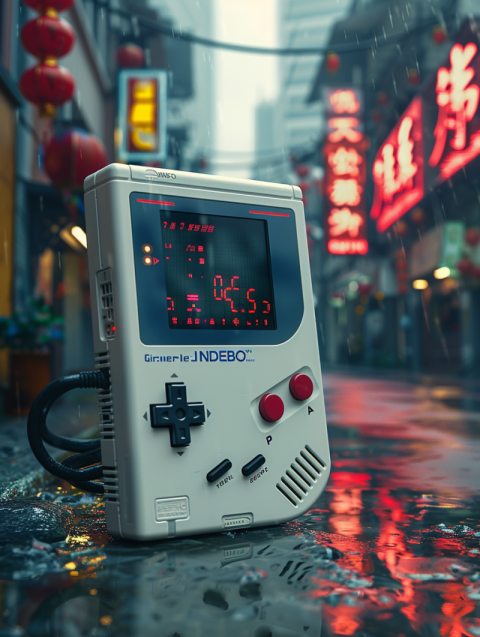
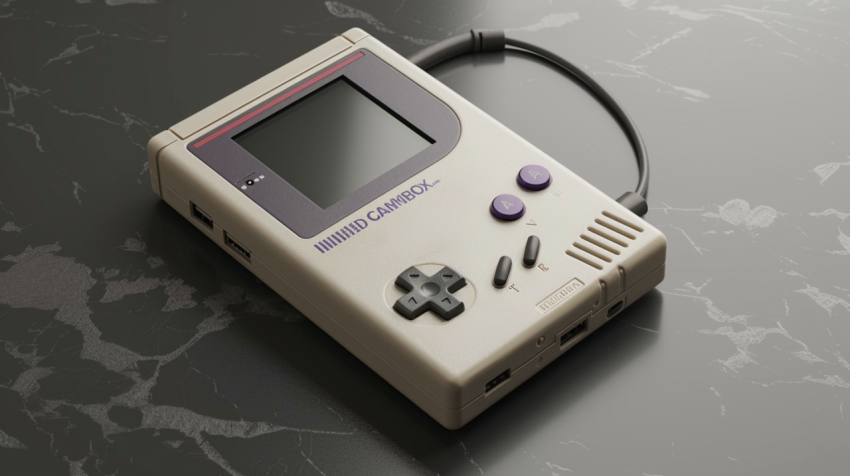


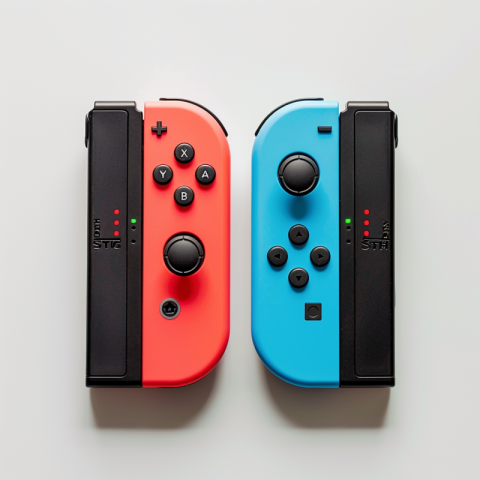

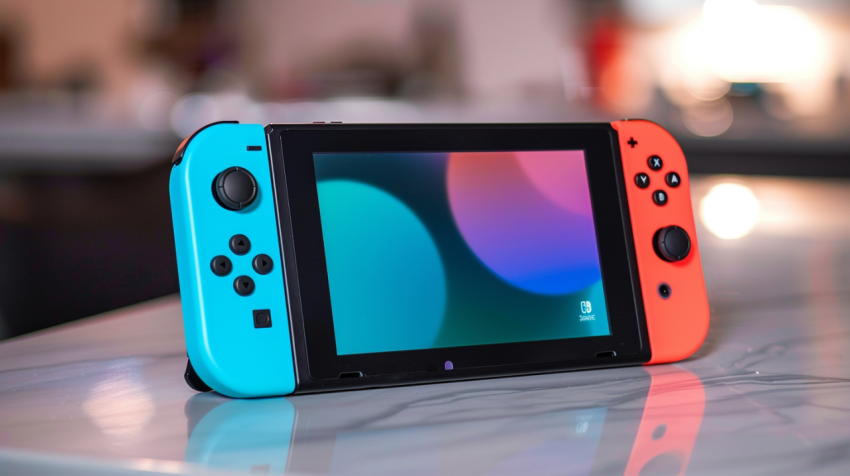



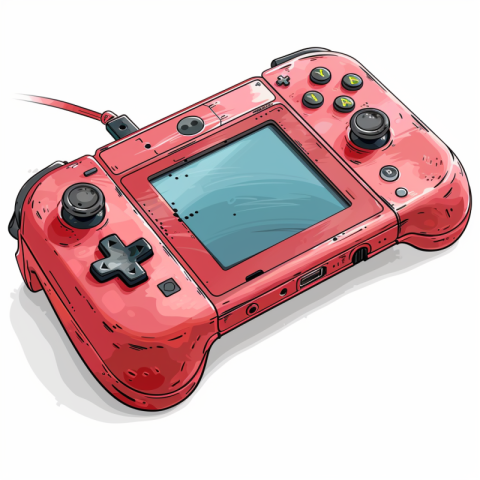

Nintendo: A History of Innovation in the World of Gaming
Nintendo, a name synonymous with video games, has a rich and storied history that spans over a century. From its humble beginnings as a manufacturer of playing cards in 1889 to its current position as a global leader in the gaming industry, Nintendo has consistently innovated, pushing the boundaries of interactive entertainment and captivating generations of players with its iconic consoles and beloved characters.
1. Early Years: From Hanafuda Cards to Electronic Toys (1889-1970s)
- Founded in 1889 by Fusajiro Yamauchi in Kyoto, Japan, Nintendo originally produced handmade hanafuda cards, a type of Japanese playing card.
- The company, initially called Nintendo Koppai, remained a small, family-run business for decades, primarily focused on the Japanese market.
- In the mid-20th century, under the leadership of Hiroshi Yamauchi, Nintendo began to diversify its product line, experimenting with various ventures, including a taxi service, instant rice, and even "love hotels."
- Nintendo eventually found success in the toy industry, producing popular toys like the Ultra Hand, an extendable grabbing arm, and the Love Tester, a novelty device that supposedly measured compatibility between two people.
2. Entering the Video Game Market: Arcade and Game & Watch (1970s-1980s)
- Nintendo's entry into the video game market began in the 1970s, a time when the arcade scene was booming.
- In 1975, Nintendo released EVR Race, its first electromechanical arcade game.
- Shigeru Miyamoto, a young artist who joined Nintendo in 1977, would play a pivotal role in the company's future success.
- Miyamoto created Donkey Kong (1981), an arcade game that introduced the world to both Donkey Kong and Mario (originally known as Jumpman). It was a massive success, helping to establish Nintendo as a major player in the video game industry.
- Nintendo also found success with the Game & Watch series (1980-1991), a line of handheld electronic games that featured simple LCD graphics and pre-set gameplay.
3. The Nintendo Entertainment System (NES): Revolutionizing Home Gaming (1983-1995)
- In 1983, Nintendo released the Famicom (Family Computer) in Japan, which would later be launched in North America as the Nintendo Entertainment System (NES) in 1985.
- The NES is widely credited with revitalizing the home console market after the video game crash of 1983.
- Super Mario Bros. (1985), designed by Shigeru Miyamoto, became a global phenomenon, popularizing the side-scrolling platformer genre and establishing Mario as Nintendo's mascot.
- The NES was home to a vast library of iconic games, including The Legend of Zelda, Metroid, Castlevania, and Mega Man, many of which launched enduring franchises.
4. The Super Nintendo Entertainment System (SNES): A 16-Bit Powerhouse (1990-1999)
- Nintendo followed up the success of the NES with the Super Nintendo Entertainment System (SNES), released in Japan in 1990 and in North America in 1991.
- The SNES featured enhanced 16-bit graphics and sound, allowing for more detailed and immersive gaming experiences.
- Super Mario World, The Legend of Zelda: A Link to the Past, Super Metroid, Donkey Kong Country, and Super Mario Kart are just a few of the critically acclaimed titles released for the SNES.
- The SNES engaged in a fierce rivalry with the Sega Genesis, known as the "console wars," which pushed both companies to innovate and improve their hardware and software.
5. The Nintendo 64: Entering the 3D Era (1996-2002)
- The Nintendo 64 (N64), released in 1996, marked Nintendo's entry into the 3D gaming era.
- It was the first home console to feature a 64-bit processor, allowing for more complex 3D graphics.
- The N64 controller, with its unique analog stick, revolutionized 3D game control.
- Super Mario 64 and The Legend of Zelda: Ocarina of Time, both released for the N64, are considered two of the greatest video games of all time, setting new standards for 3D platforming and action-adventure games, respectively.
- GoldenEye 007 helped popularize first person shooters on consoles.
- N64 used cartridges instead of the more popular CD format.
6. The GameCube: A Unique Design (2001-2007)
- The Nintendo GameCube, released in 2001, was Nintendo's follow-up to the N64.
- It featured a distinctive cube-shaped design and used miniDVD discs for its games.
- While the GameCube had a strong library of games, including Super Smash Bros. Melee, Metroid Prime, and The Legend of Zelda: The Wind Waker, it struggled to compete with the PlayStation 2 and the Xbox in terms of sales.
7. The Wii: Motion Controls and Mainstream Success (2006-2017)
- The Nintendo Wii, released in 2006, was a groundbreaking console that introduced motion controls to the mainstream gaming market.
- Its innovative Wii Remote and Nunchuk controllers allowed players to interact with games using physical gestures.
- Wii Sports, a collection of sports mini-games that showcased the Wii's motion controls, became a global phenomenon, appealing to a wide audience beyond traditional gamers.
- The Wii was a massive commercial success, becoming one of the best-selling consoles of all time.
8. The Nintendo DS and 3DS: Handheld Dominance (2004-2020)
- Nintendo has a long history of success in the handheld gaming market.
- The Game Boy (1989) was released and dominated handhelds. The Game Boy Color (1998) was released later. Then came the Game Boy Advance (2001).
- The Nintendo DS (2004), featuring a dual-screen design and a touchscreen, was a major innovation in handheld gaming. It could also play Game Boy Advance games.
- The Nintendo 3DS (2011), the successor to the DS, added glasses-free 3D visuals to the handheld experience.
- Nintendo's handheld consoles have been home to popular franchises like Pokémon, Mario Kart, and Animal Crossing.
9. The Wii U: A Misunderstood System (2012-2017)
- The Wii U, released in 2012, was Nintendo's follow-up to the Wii.
- It featured a GamePad controller with a built-in touchscreen, which offered unique gameplay possibilities.
- However, the Wii U struggled to gain traction in the market, due in part to unclear marketing and a lack of strong third-party support.
- Despite its commercial failure, the Wii U did have some notable games, including Super Mario 3D World, Mario Kart 8, and Splatoon.
10. The Nintendo Switch: A Hybrid Hit (2017-Present)
- The Nintendo Switch, released in 2017, is a hybrid console that can be played both on a TV and as a handheld device.
- Its innovative design and strong library of games, including The Legend of Zelda: Breath of the Wild, Super Mario Odyssey, and Animal Crossing: New Horizons, have made it a critical and commercial success.
- The Switch has surpassed the Wii in lifetime sales.
Conclusion:
Nintendo's journey from a small playing card company to a global gaming powerhouse is a testament to its enduring commitment to innovation, creativity, and quality. Nintendo has consistently pushed the boundaries of interactive entertainment, introducing groundbreaking hardware, iconic characters, and unforgettable gaming experiences. While the company has faced challenges and competition over the years, its ability to adapt, reinvent itself, and stay true to its core values has ensured its continued success. As Nintendo looks to the future, it remains a major force in the gaming industry, poised to continue shaping the landscape of interactive entertainment for generations to come.
Nintendo, Nintendo Switch, NES, SNES, Nintendo 64, GameCube, Wii, Wii U, Nintendo DS, Nintendo 3DS, Game Boy, Super Mario, The Legend of Zelda, Pokémon, Donkey Kong, Metroid, Super Smash Bros., Mario Kart, Animal Crossing, Splatoon, Shigeru Miyamoto, history of Nintendo, Nintendo games, best Nintendo games, Nintendo consoles, Nintendo Switch games, Nintendo Switch Online, Nintendo Direct, Nintendo eShop, Nintendo Switch Lite.

